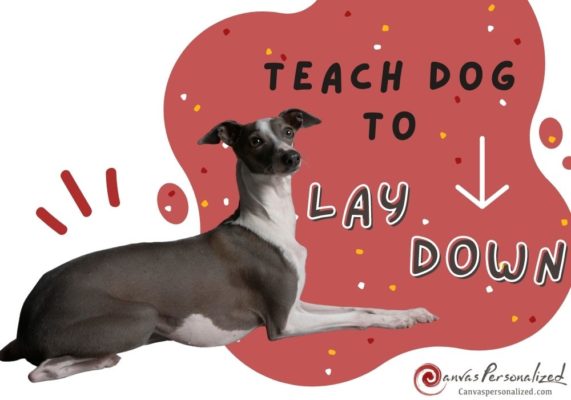Does your pet have trouble going potty? Is he unable to poop because of constipation or because he’s too preoccupied to notice you when you’re out and about? While canine constipation isn’t very unusual, it could be an indicator of a more serious health or behavioral issue. So, how to make a dog poop quickly? Canvas Personalized will list 11 easy ways to get your dog to do his business promptly in this blog.
1. What are the Signs of Constipation in Dogs?
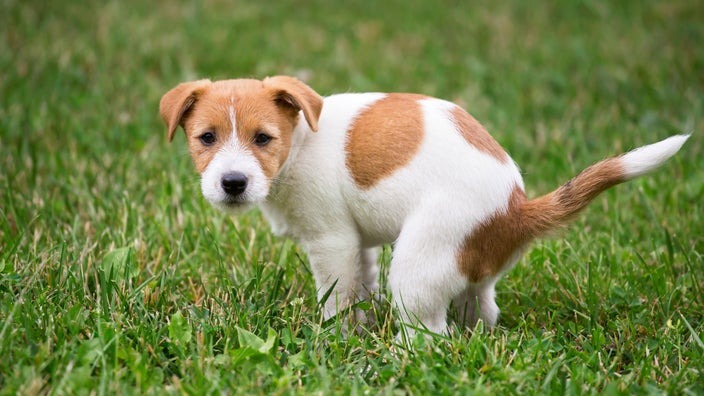
Constipation in dogs is usually easy to spot. Constipation is characterized by a variety of unpleasant symptoms, including:
- Struggling or whining while attempting to poop
- Infrequent poo
- Dry or hard poop
- liquid faeces
- Bloody faeces
- Exudation of mucus
- 48 hours without defecation
2. How To Make a Dog Poop Quickly Home Remedies
The good news is that there are various things you can do to help your dog if you suspect constipation. The first step in knowing how to make a dog poop quickly is to start keeping track of your pet’s bowel movements, so you know when he last went to the toilet and if he has to go.
2.1. Give Him Canned Pumpkin Dog Food
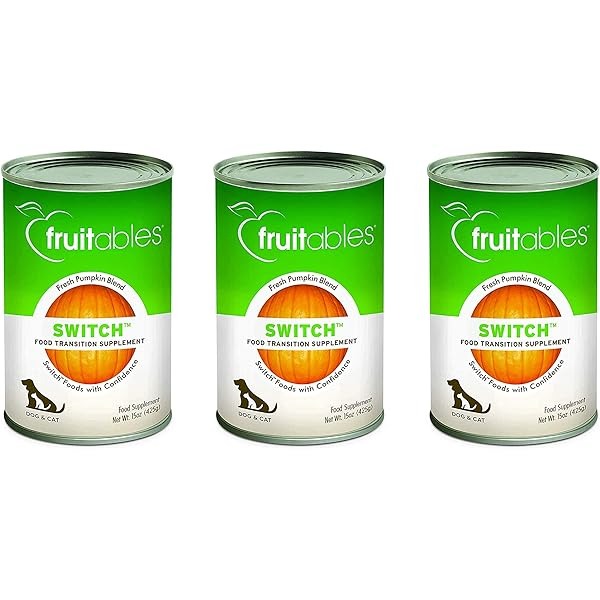
Pumpkin in a can is a good source of both water and fiber. The pumpkin’s nutritious components will help promote your dog’s defecation. Avoid feeding your dog pumpkin puree or pie since they often include extra sugar and salt.
Veterinaries recommend that one teaspoon of pumpkin food for every 10 pounds of your dog’s weight is ideal for feeding your pet.
2.2. Give Him Ginger, Coconut Oil, Leafy Veggies or Apple Vinegar
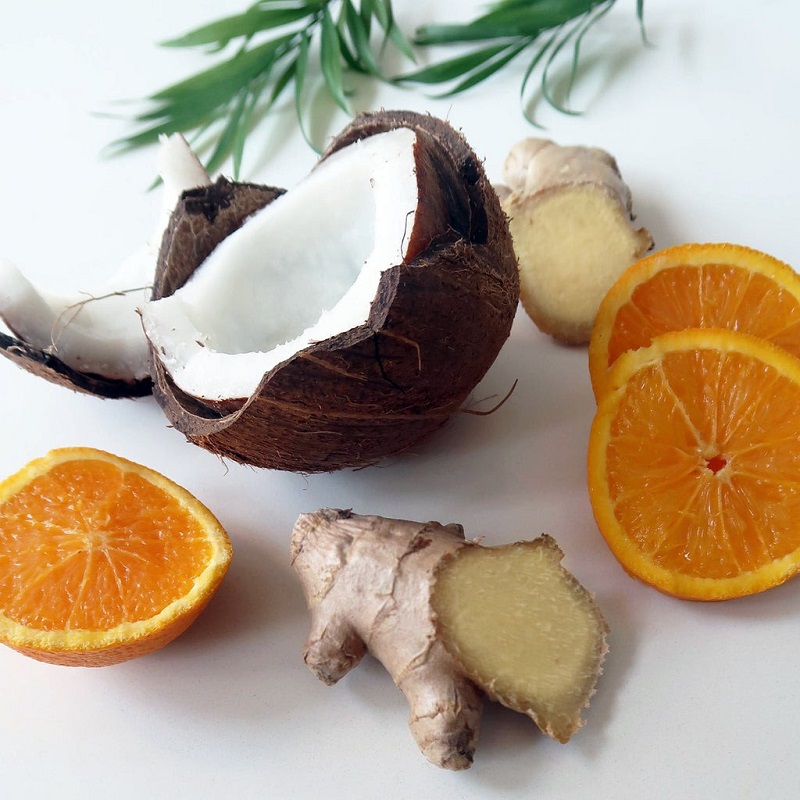
- High-fiber vegetables like spinach, green beans, squash, and broccoli can help your dog maintain regular bathroom habits. Give your dog one teaspoon of greens for every 10 pounds of body weight to stimulate elimination.
- Olive and coconut oils relieve constipation because the gastrointestinal tract absorbs these fatty acids quickly. To keep your dog from being overweight, you should know that these oils are rich in calories.
- Your dog can safely ingest ginger in moderation, and it is a terrific natural element for easing constipation. Ginger not only aids digestion but also helps stave off cancer and heart disease.
- Many dog owners have proclaimed apple cider vinegar a miracle cure-all for canine illnesses. Because of its probiotic properties, apple cider vinegar can aid in your dog’s digestive health.
2.3. Use A Canned Diet Instead
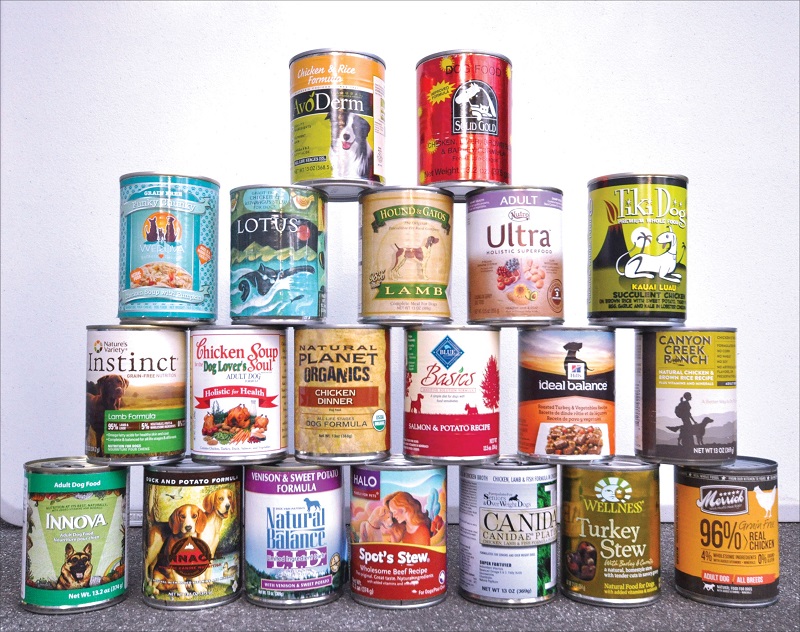
Constipation is a common problem for dogs who eat nothing but kibble. Because of its high water content, canned food offers an easy option to alleviate these concerns. Constipated dogs can benefit from a canned food diet high in fiber. You should learn more about the top-rated canned dog foods for puppies and adult dogs of all sizes. Some brands of dog food that are high in fiber and can be found in cans are Blue Buffalo, Purina, Hill’s Pet Nutrition Dog Food, and others.
2.4. Make Sure There’s Fiber and Probiotics in His Dog’s Food

One of the many advantages of fiber and probiotics is that they help maintain gut health and regular bowel movements. You can get commercial probiotic formulas from your vet to supplement your dog’s kibble or make your own by mixing goat’s milk or yogurt with your dog’s usual food. There are even probiotic dog treats you can buy.
Adding natural psyllium husk to your pet’s regular kibble is one method to improve the fiber content of his diet. Apples, carrots, and papayas are high-fiber, pet-friendly fruits and vegetables.
2.5. Add Water to Dog Food

The digestive tract benefits from water and moisture, which soften feces and relieve constipation. Chicken broth and other water-rich vegetables like zucchini and cucumber can help you coax your dog into drinking more water. You could try giving him an electrolyte supplement to help your dog defecate and stay hydrated.
2.6. Using a Water Squirter
Squirting water up your pet’s rear end might stimulate bowel motions and hasten excretion. Check the air pressure and temperature to make sure your dog is comfortable. There’s a chance you’ll have to do it multiple times before your dog finally complies.
2.7. Use of an Ice Cube

This is yet another simple way to encourage your dog to defecate. Put on some surgical gloves and carefully place an ice cube in your dog’s rectum while keeping him very calm.
Your dog’s natural instinct will be to remove the ice cube from his rear end, which should prompt the passage of some stool.
2.8. Use a Baby Wipe
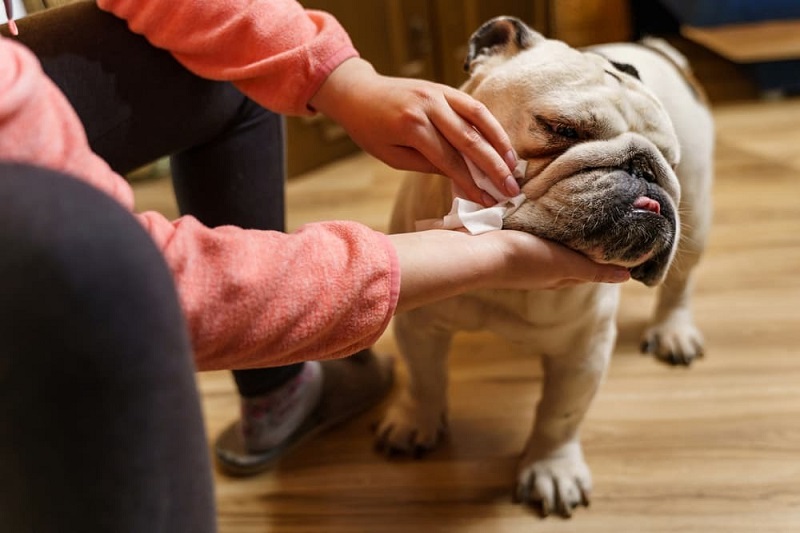
Wiping your dog’s rear end with baby wipes is a simple way to induce bowel movements. Move the wipes in a circular pattern to urge your dog to defecate in the designated spot. Your dog is rarely allergic to bamboo or baby wipes, so you can feel good about using them.
2.9. Manual Stimulation
Neither you nor your dog will appreciate this approach, but it will solve the problem. To encourage your dog to defecate, you can stimulate its anal sphincter, a susceptible muscle of the dog. If you want to push the delicate tissue around your pet’s anus gently, put on some clean rubber gloves, lubricate your fingertips, and then follow the instructions below.
To do this, grip the anus between your thumb and forefinger, then gently pull them inward while keeping your fingers an inch or two apart.
If you do this to help open his rectum, your dog may have an easier time defecating. You may need assistance from a second person to keep your dog still this way.
2.10. Maintain a Regular Exercise Plan
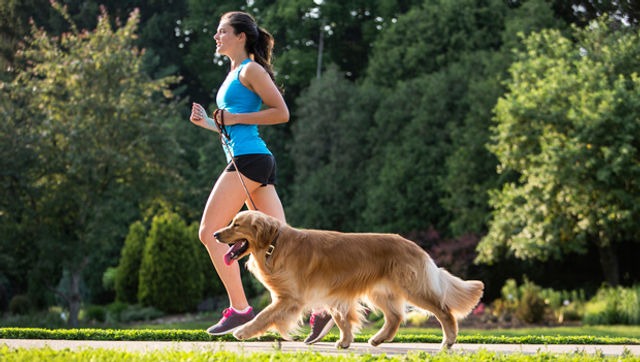
Creating a regular pattern where you take your dog for a walk or to the park in the morning or evening might help him know your intentions.
Then he would realize it was time to go to the toilet. The best time to perform this exercise program is after meals, but not immediately thereafter. You might try adding potty-time commands and rewarding your dog with treats when he follows them.
2.11. Rub a Dog’s Tummy And Watch It Go
Massage your dog’s tummy, sides, back, and buttocks in slow, circular motions, and knead his legs to encourage him to defecate. A healthy diet, regular exercise, plenty of water, and high-fiber foods like pumpkin can all improve the efficacy of kneading and stroking.
>>> Read more: 13 Dog Hair Loss Home Remedies: Grow A Dog’s Hair Back Fast
3. How Long Can Your Dog Go Without Pooping?
If there are no underlying health issues, a healthy puppy can go up to 48 hours without defecating. Otherwise, you may be experiencing constipation. A dog’s regularity might change according to its environment and food. Pets with slower metabolisms, like elderly dogs and cats, typically produce less stool than their younger counterparts. The size of your animal may also play a role in the regularity and consistency of its bowel movements.
Finding out what constitutes “normal” behavior for your dog in the bathroom is essential. Even though out-of-the-ordinary occurrences are inevitable, you should still keep a close check on your dog. Call the vet if your dog shows pain or bloody stools.
4. If Your Dog Has Constipation, When Should You Take It to the Vet?
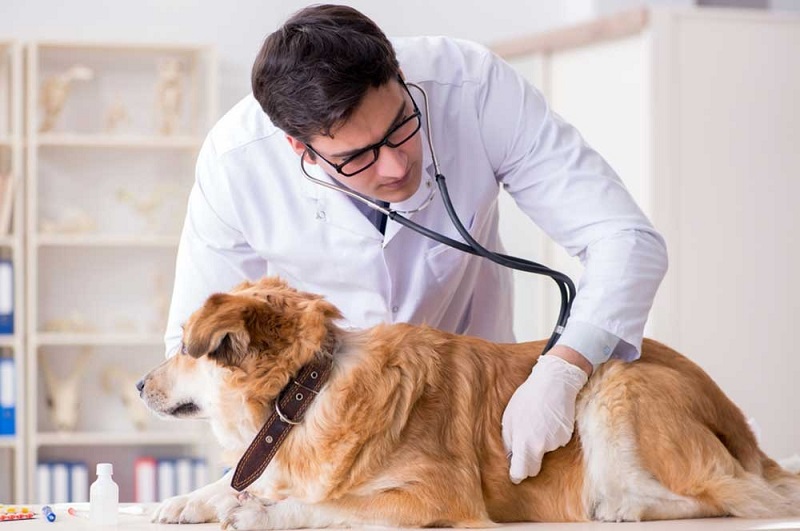
Dogs often have constipation, and while it’s usually only an issue for a day or two, it can be an indication of something more serious, so it’s important to get to the bottom of it as soon as possible.
Constipation in your dog, especially if it’s long-term or chronic, can cause a number of health problems in the intestines. Constipation is a symptom of many conditions, including hypothyroidism, an enlarged prostate, and renal problems.
If your dog hasn’t defecated in over 48 hours, you should take him to the vet. When you take your pet to the vet, they can offer you a more accurate diagnosis and advise you on the best treatment options. Further testing, such as X-rays or an abdominal ultrasound, may be suggested to rule out any health problems.
You may easily get your dog back on track using one of the many tried-and-true home treatments for canine constipation. Keep an eye on your dog’s overall health, and if you have any concerns or the constipation persists, see your doctor.
5. Which Laxatives Are Safe For Canines?
Some laxatives are okay for dogs, though you should always check with your vet first. Among these are:
5.1. Suppositories made of glycerin
Suppositories of glycerin are laxatives that can help your dog go to the toilet more quickly. They can be purchased without a prescription and used without worry.
5.2. Mineral oil
Mineral oil is a laxative that can help your dog go to the toilet more quickly. It can be purchased without a prescription and has a history of safe use.
5.3. Salt of docusate
The laxative docusate sodium can stimulate a dog’s bowel movements. It has a history of safe use and is available without a prescription.
It’s possible that your dog is just not ready to defecate yet. Turn around and wait an hour before trying again. If you know your dog hasn’t gone potty yet, you should closely monitor him or her. Take your dog outside immediately if you notice it circling the area and sniffing the ground.
>>> Maybe you’re interested in:
- Cleaning Dog’s Ears At Home: 9 Easy Steps You Need to Know
- 26 Common House Plants Poisonous To Dogs You Should Avoid
- Top 10 Common Corgi Health Problems and How To Prevent Them
- Top 40 Helpful Dog Care Tips For A Healthy And Happy Pet
Finally, see a vet to rule out health issues or internal blockages if your dog is taking a long time to poop, which is out of character. As you can see, you may take a few different approaches to help your pet avoid constipation and have more frequent bowel movements. We hope this article will help you find a great way to answer the question “How to make dogs poop quickly.”





